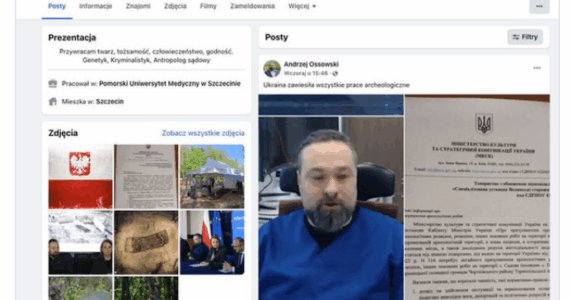Navigation and useful materials
The ruling elite of the Russian Federation and other key figures in politics and business were mostly born and shaped during Soviet times and thus have a tendency to agree with Vladimir Putin’s statement: “The collapse of the Soviet Union was the greatest geopolitical catastrophe of the century.” Despite the downfall of the USSR, a Soviet tradition of looking for internal and external enemies lingers on.
Modern Russia imposes necessary worldview upon its citizens through media the same way the USSR did. The image of an enemy is a key aspect of totalitarian consciousness, inspired by the Soviet ideology. It entails other elements like a relativistic morality that justifies any crimes of the insiders against the outsiders and hatred towards the latter, restrictions of personal rights and freedoms, justifies economic mobilization, etc. It received a fresh impetus in 2014 after the Ukrainian Revolution of Dignity, which Russian declared was a US-inspired coup. Kremlin’s approach has a solid demographic reason as 59% of the current Russian population with the right to vote was already 16 years old or older when the USSR collapsed (1). To a significant extent the worldview of this demographic and their attitude towards media were formed through the ideology of the USSR.
This research is studying the methods, instruments and messages utilized and conveyed by Russian mass media in order to produce Threat Narratives about the West for Russian domestic audience. We believe that Russian domestic audience is of greatest importance to Kremlin, thus it is crucial to understand how Moscow works to seize and hold the attention of its subjects.
The research is based on quantitative content analysis with the analytical part written by the experts in the field of Russian propaganda. The quantitative part of the research covers the period of July 1, 2014 — December 31, 2017. The raw data consisted of all news broadcasts and selected political talk-shows on the top three Russian TV channels, and news articles on 10 popular websites. This data has been converted into text format, which was then transformed into a database. Our conclusions are based on roughly 574,000 news pieces.
Federal television is, by far, the most frequently used news source for Russians. At the same time foreign media is the least frequently used source. The latter is not surprising, if one considers that only 5% of Russians speak English. The top three channels (Channel One, Russia 1, NTV) have a total weekly reach of 76% of all Russians older than 18 . Therefore, these three channels are at the core of our research.
After analyzing of all researched TV news and talk-shows we can conclude that Threat Narratives are the main tool of Kremlin propaganda. The core worldview, imposed by the Russian media, is fairly simple — Russia is stable and peaceful, while the West is unstable and aggressive. There is, however, a differentiation in describing the degree of instability of the western powers. Thus, the United States are depicted as the only equal foe of Russia (in relation to geopolitical strength), so they are pictured as dangerous and insidious. Europeans are depicted as immoral, unstable, weaker than Russians, but also manipulated by the USA (or “anglo-saxons” as Russian media put it) to hate Russia. Hence, the threat coming from Europe is described more in terms of being “toxic” and not existential. The United States are portrayed as the Enemy Number One, showing a significant increase in negative mentions starting from 2014. The two other enemies created by Kremlin-controlled media are Ukraine and the aforementioned countries of the European Union.
Such worldview, which we would call Threat Narratives throughout this paper, was not a novel creation, but a deeply rooted phenomenon, based on Russian imperial history. It is based on the narrative of repetitive invasions of Russia. According to its primary message external enemies cause the greatest damage to Russia, but they are always defeated in the end due to the heroic efforts of Russian people, inspired by their unique spiritual heritage.
We can confirm that media coverage does not correlate with real events, especially the news pieces on TV. Putin made a stake on military narratives to serve as a tool to mobilize his electorate. As for the online news, they tend to generally duplicate TV trends , but are less controlled and thus can be more objective.
The biggest challenge from our perspective is that Russians use Western values, such as free speech, to attack the West. It seems fair to say that Moscow-owned TV stations cannot be considered independent media and are an instrument of hybrid warfare.
Read the full report:
If you have found a spelling error, please, notify us by selecting that text and pressing Ctrl+Enter.


